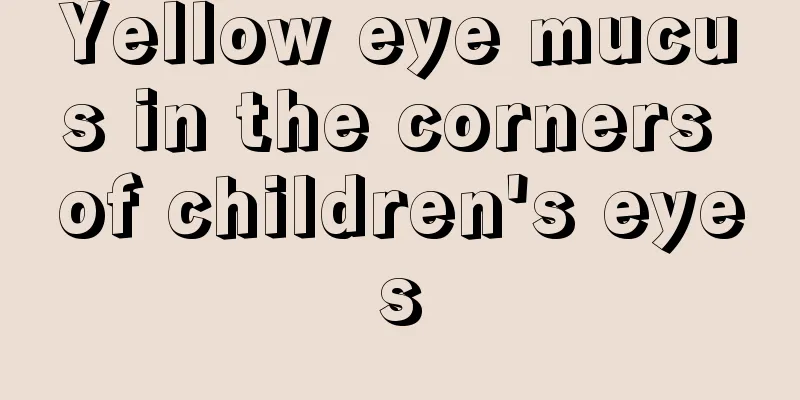Blue spots on baby's back

|
There are blue spots on the back of babies. I believe many children have them. Some have them not only in this area, but also on the buttocks and waist. This is called fetal blue mark. It appears some time after the child is born. It is different from ordinary blue birthmarks and will fade away by itself without special treatment. Now let’s take a closer look at the situation of fetal aging. This blue spot is the result of the accumulation of pigment cells during the fetal period. It has no effect on the body and gradually fades away with age during childhood. No treatment is required. The blue one is called Mongolian spot. It is caused by the mother's exercise in the late pregnancy. Tire slip. The more severe the miscarriage, the larger the Mongolian spots will be when the baby is born. It also indicates that in the later stages of pregnancy, the child's vestibular balance and tactile sense will develop better. Starting from a point below the waist, which is the coccyx, extend first toward the back and then downward. From the outside, it looks like a butt. Mongolian spots will fade. This type of pigmentation spot on the buttocks and sacrum is larger and darker in color than in other parts of the body. A single spot is also larger than two or more spots, but slightly lighter in color.
The baby's blue birthmark appears around one eye socket, temple, forehead, cheekbone and nose, with scattered or progressively increasing spots or small patches. It occasionally occurs on both sides of the face, often bilaterally symmetrical. Some melanocytes are also distributed in special parts such as the conjunctiva, cornea and retina. They are clustered and uneven in density. Generally, the central part is darker and the edge is lighter. It can be different dark colors such as brown, black, and cyan. Some babies have blue birthmarks on the sclera of the eye and are blue in color. If your baby has a blue birthmark on his face, you can consider birthmark removal surgery.
1. Dermabrasion or skin grafting: This is a traditional method of treating blue birthmarks. It uses a grinding wheel to grind off the skin in the affected area. Some people directly remove the skin in the affected area and then graft it. This traditional method of treating blue birthmarks will undoubtedly leave obvious scars and is also very painful and difficult to maintain. Because it is a skin graft, even with the most successful surgery, the grafted skin will be very unnatural and the effect will not be very obvious, but the price will be low. 2. Cryotherapy: Cryotherapy for blue birthmarks freezes the tissue layer by layer from the surface of the skin to the inside. Due to the deep location of the lesion, the treatment method of freezing blue birthmarks is very likely to leave scars. The depth of the freezing method for treating blue birthmarks is not enough and it is difficult to achieve the ideal therapeutic effect. 3. Laser therapy: Laser therapy is the most common method of treating blue birthmarks. Laser therapy uses the selective photothermal effect of light on objects of different colors. Lasers of different wavelengths are used to selectively act on melanocytes in the dermis. Without damaging other skin tissues, the pigmented lesions are destroyed by photothermal force, thereby removing the melanin. |
<<: Can babies sleep in soft beds?
>>: How big is a baby's stomach?
Recommend
Isotope treatment for infantile hemangioma?
Isotopes, as a commonly used scientific treatment...
What to do if a child has a fever and diarrhea
Young children have low immunity and produce fewe...
What is the difference between baby vomiting and spitting up milk?
It is quite common for babies to vomit or spit up...
My baby is one and a half months old and has green poop
A baby of one and a half months is actually still...
One year and ten months old baby intelligence
When a baby is just born, its brain is not fully ...
Reasons for baby's nail separation
In fact, there are many problems for your baby in...
Effects of herpes labialis on babies
We all know that during pregnancy, women's fa...
Children's head sweats
Many parents will find that their children sweat ...
The reason why white spots appear on baby's head
Many newborn babies have white spots on their hea...
What are the basic knowledge about hand, foot and mouth disease?
Most people have heard of hand, foot and mouth di...
What should I do if my child can’t stop nose bleeding?
When a nosebleed occurs, many people will tilt th...
How to prevent and treat tonsillitis in children
Children are the future of the motherland and the...
How to take care of the navel of a newborn baby
Babies are our future, so after the baby is born,...
How to make chicken puree as baby food?
There are many types of complementary foods for b...
What to do if your child walks late
Whether a child's growth and development is n...









